HOW
By using the DDI Framework, any company should be able to develop a consistent strategy plus comprehensive content for exploring data-driven business opportunities. The DDI framework is used to run online and offline webinars, workshops as well as coaching formats with research projects, start-ups, SMEs and corporates. The framework consists of three parts:
- The DDI Canvas guides you in exploring all relevant dimensions on the supply and demand side of a data-driven innovation in systematic manner.
- The DDI Navigator will support you in exploring each dimension in more detail by carefully selected deep dives.
- Specific DDI Tools will help you to work through each of the eight DDI dimensions, producing a conclusive set of results that will guide a company-specific setup of new, data-based products and services.
PART 1: DDI CANVAS
The DDI Canvas is guiding users in exploring all relevant dimensions on the supply and demand side of a data-driven innovation in systematic manner.

PART 2: DDI NAVIGATOR
DDI Guiding Questions that support users in exploring each dimension in more detail by carefully selected deep dives.
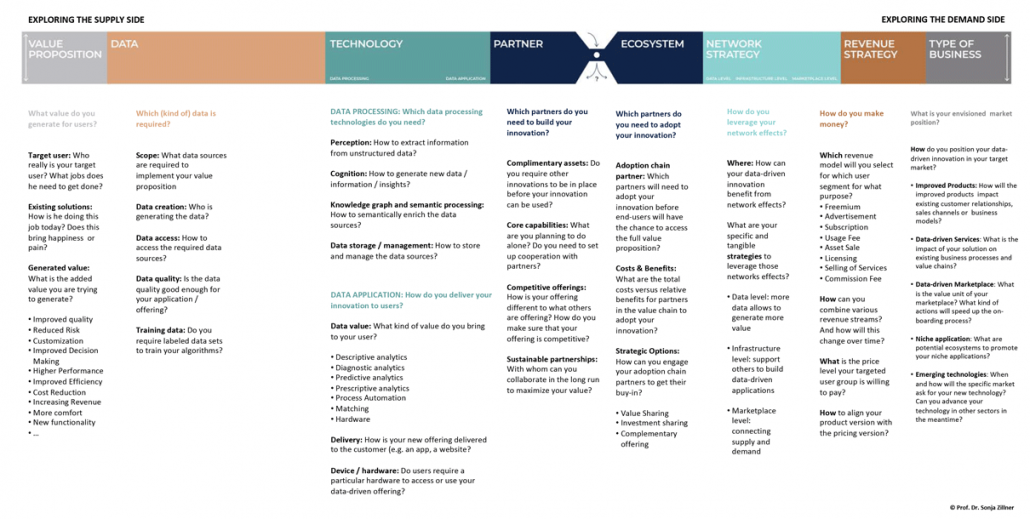
PART 3: DDI TOOLS
DDI Guiding Questions that support users in exploring each dimension in more detail by carefully selected deep dives.
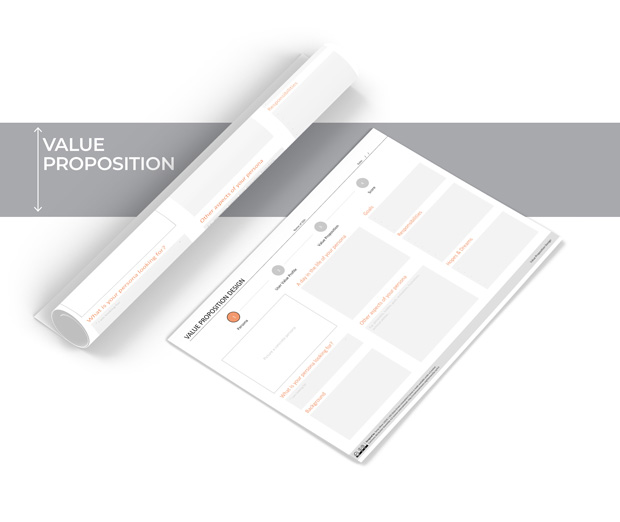
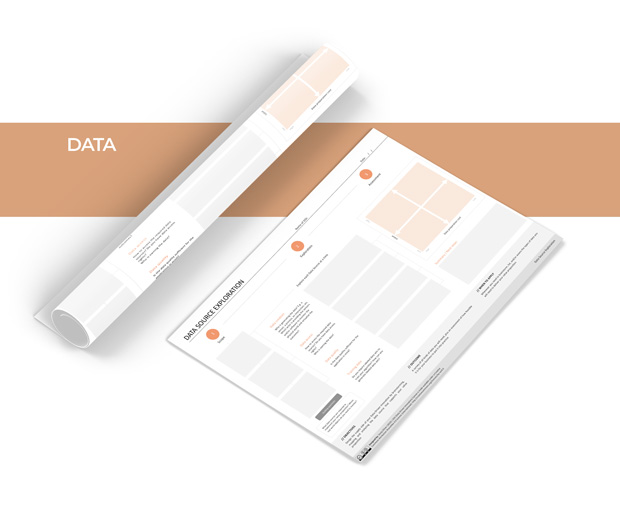

Value Proposition Designer
Focus on user needs (instead on technology) is key to add value through data. The starting point for any data driven innovation is a comprehensive and clear value proposition.
Data Explorer
Get a systematic, in-depth overview of the kind of data you need to set up your data driven solution. Analyze how feasible this data is for your recent and future business.
Data Processing Analyzer
Recognize the underlying functionalities of various data analytics and semantic technologies. Understand how they fit to different types of data sources.
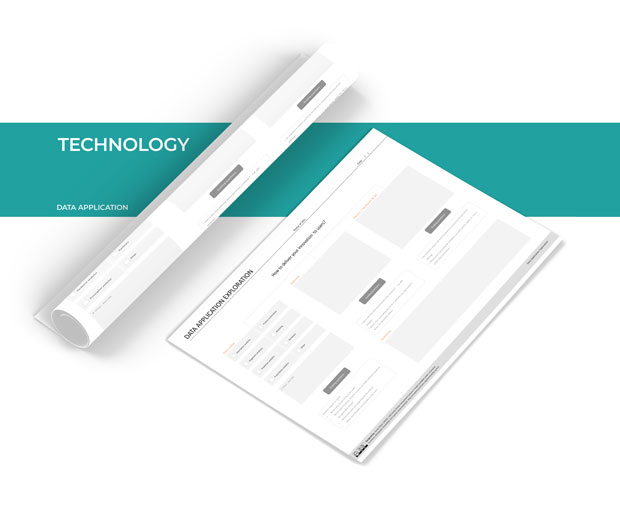

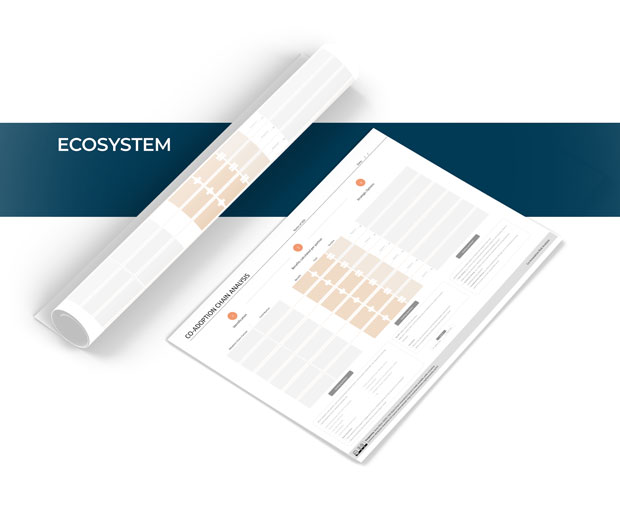
Data Application Analyzer
Explore how to generate value with new and / or existing data. Realize how to support and automate human decision-making processes.
Partner Evaluator
Identify necessary co-innovation partners. Understand the importance of their contributions and identify strategic options to mitigate potential risks.
Ecosystem Strategizer
Recognize your most important co-adoption partners. Identify associated risks and develop appropriate strategies to manage your ecosystem.
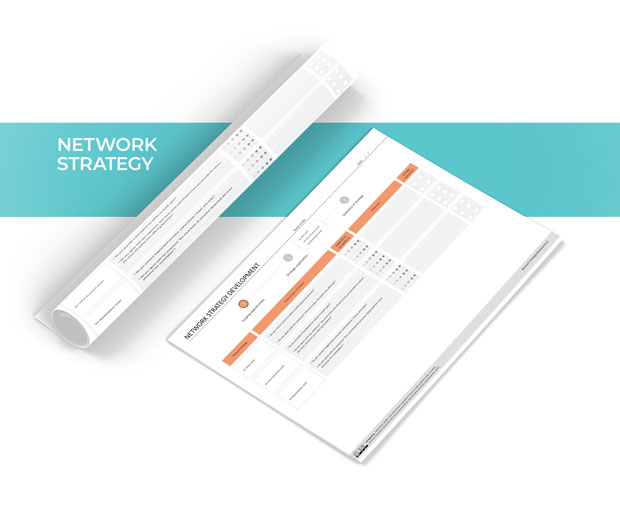

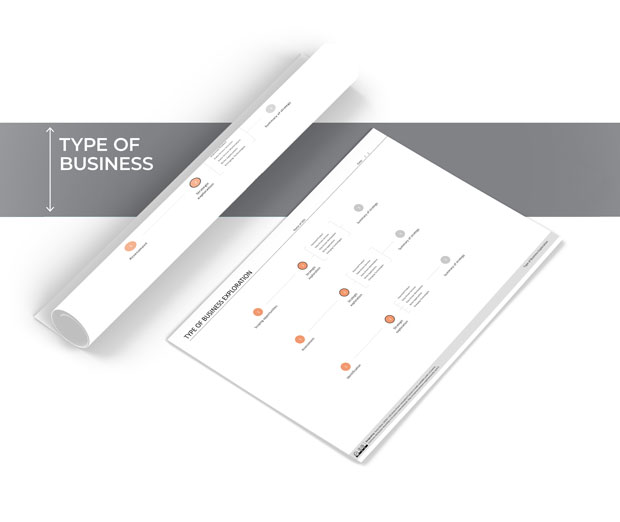
Network Effects Navigator
Understand network effects and their dynamics to build better data-driven products and services. Investigate strategies to leverage those effects.
Revenue Roadmap
Select a promising revenue strategy. Combine different revenue streams and continuously adapt them to support the growth of your business.
Business Strategy Board
Assess different ways of positioning your data-driven offering in a market. Identify the most promising way to succeed in business.
